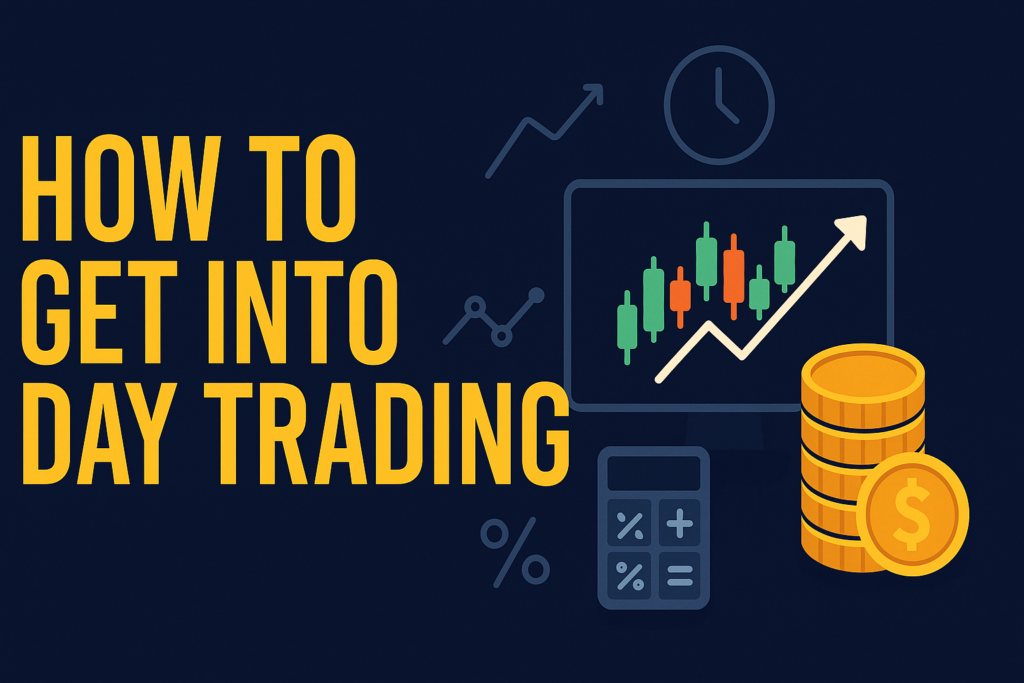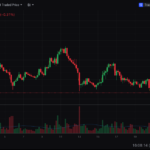Introduction
Day trading is the practice of buying and selling financial assets within the same day to profit from short-term price movements. It’s fast-paced, risky — and potentially rewarding.
If you’re curious how to get started, this guide will walk you through the essentials, tools, and mindset needed to enter the world of day trading.
📌 What Is Day Trading?
Unlike long-term investing, day traders seek to profit from small price swings during the day. They typically:
- Open and close positions within hours or minutes
- Trade stocks, crypto, forex, or futures
- Use technical analysis and short-term indicators
- Avoid overnight holding to reduce risk
🧠 Step 1: Learn the Basics
Before risking any money, you should understand:
🔹 Market Types:
- Stocks: Regulated, widely traded
- Crypto: 24/7, volatile, great for momentum
- Forex: High liquidity, complex macro drivers
🔹 Chart Reading:
- Candlestick patterns
- Support and resistance
- Volume and trend confirmation
🔹 Risk Management:
- Never risk more than 1-2% of your capital on one trade
- Use stop-loss and take-profit levels
- Understand leverage and its dangers
🛠️ Step 2: Set Up the Right Tools
- 🖥️ Broker Platform: Choose a reliable broker with low fees and fast execution (e.g. Interactive Brokers, TD Ameritrade, Binance, Bybit)
- 📊 Charting Tools: Use platforms like TradingView or Thinkorswim
- 💬 News Feeds: Stay updated with real-time news (e.g. Twitter, Benzinga, Bloomberg)
- 📘 Trading Journal: Track every trade to improve your discipline
💵 Step 3: Start Small
Use a demo account or paper trading to practice with no risk.
Once confident:
- Start with a small deposit
- Focus on 1 or 2 assets
- Trade with consistency, not emotion
📈 Step 4: Pick a Strategy
Common beginner strategies:
🔸 Scalping
Quick trades to capture small profits (1-5 minutes)
🔸 Breakout Trading
Enter when price breaks through a key level with volume
🔸 Pullback Entries
Buy during a dip in an uptrend, or short a bounce in a downtrend
🔄 Step 5: Analyze, Improve, Repeat
- Review your wins and losses weekly
- Adjust your strategy as needed
- Never stop learning — markets evolve constantly
⚠️ Final Tips for Beginners
✔️ Start with money you can afford to lose
✔️ Don’t chase trades — wait for setups
✔️ Control your emotions — discipline beats excitement
✔️ Avoid overtrading
✔️ Focus on progress, not perfection
✅ Conclusion
Day trading isn’t easy — but with the right tools, education, and mindset, you can start your journey the smart way. Treat it like a business, not a game, and you’ll greatly improve your chances of success.







